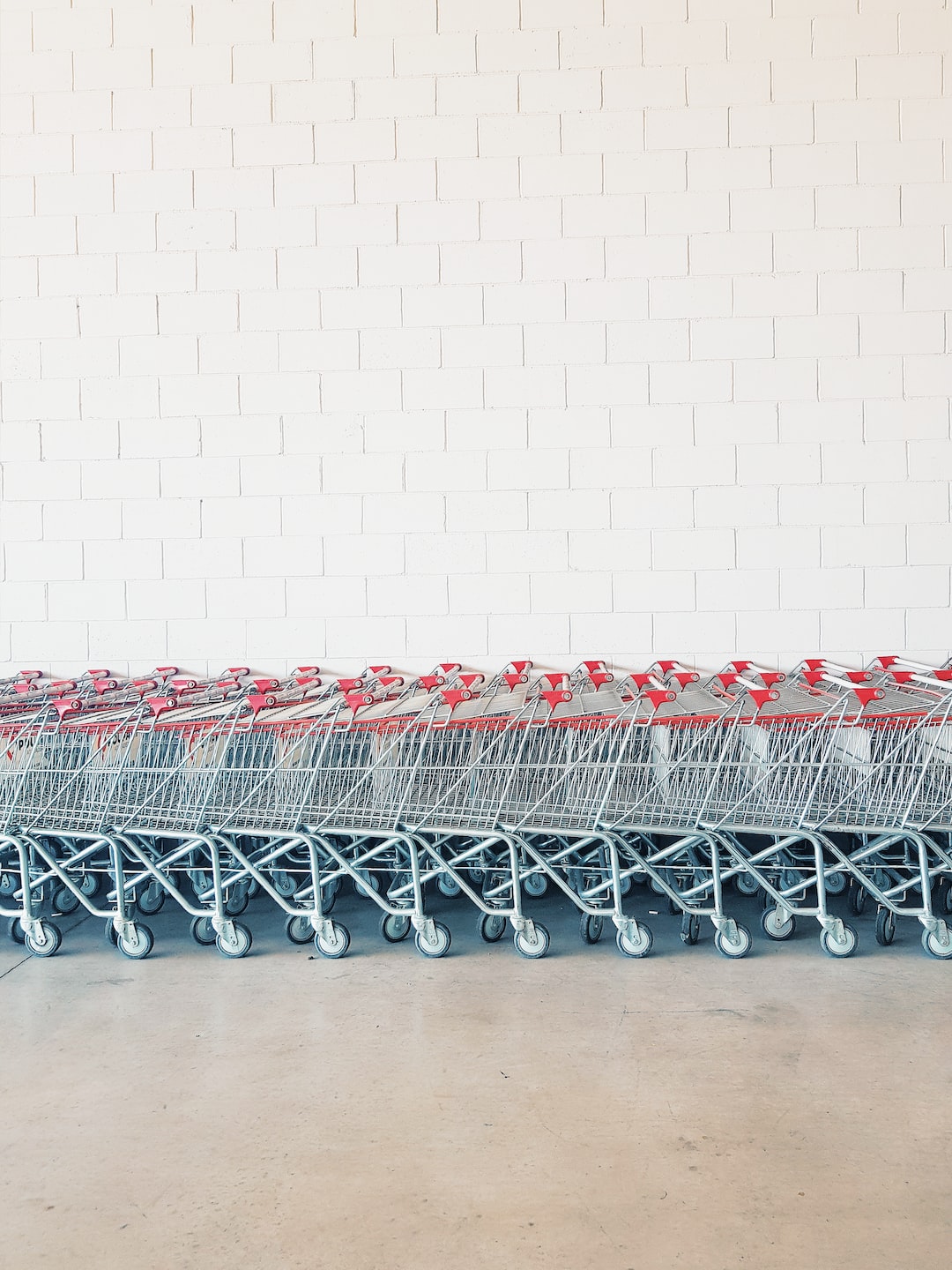The world of retail has immensely evolved in the past decade. With technology being a driving factor, retailers are always looking for ways to differentiate themselves from their competition and keep their consumers engaged. Augmented Reality (AR) is one such technology, which has the potential to transform retail experiences by providing customers with an immersive and interactive experience that traditional retail cannot match.
AR technology overlays computer-generated images on top of real-world objects, making it a perfect technology for retail. It empowers customers by enabling them to visualize a product in their own environment before making a purchase. By providing information about products, AR technology allows retailers to offer consumers a more personalized shopping experience that can build brand loyalty, improve sales, and put retailers ahead of their competition.
One of the significant advantages of using AR technology in retail is that it blurs the line between the physical and online shopping experience. With mobile devices increasingly becoming the primary way consumers shop, retailers can leverage AR applications to create an immersive shopping environment that increases conversion rates, engagement, and customer satisfaction. One example of this is IKEA Place app, which uses AR to enable customers to see how their furniture will look in their home before they make a purchase.
AR technology can also help to reduce return rates by providing customers a better understanding of the products they’re purchasing. AR can give customers a 360-degree view of the products, its details, its fit, and materials used. This technology can save valuable time for customers by eliminating the need to visit a physical store to validate a product’s suitability or look for products with the right size or shape.
AR can also be used to create interactive experiences that increase customer engagement. Retailers can use AR to gamify shopping by creating virtual scavenger hunts or treasure hunts, which customers can actively participate in while they shop. These activities can provide consumers with a sense of accomplishment and foster a sense of loyalty towards the brand.
Finally, AR technology can help retailers collect valuable information about their customers and enhance their ability to deliver personalized experiences. By analyzing customer interactions with AR technology, retailers can gain insights into their shopping preferences and behaviors, which can help them to tailor their offerings and improve the overall customer experience.
In conclusion, AR technology provides significant opportunities for retailers to differentiate themselves from the competition and create a more engaging and personalized shopping experience. Retailers that successfully integrate AR technology into their businesses can benefit from higher engagement rates, increased conversions, and increased customer satisfaction. As AR technology continues to evolve, it will become a critical tool for retailers looking to stay up to date with the changing retail landscape.
